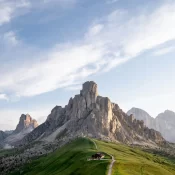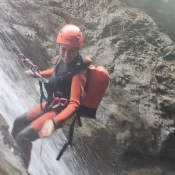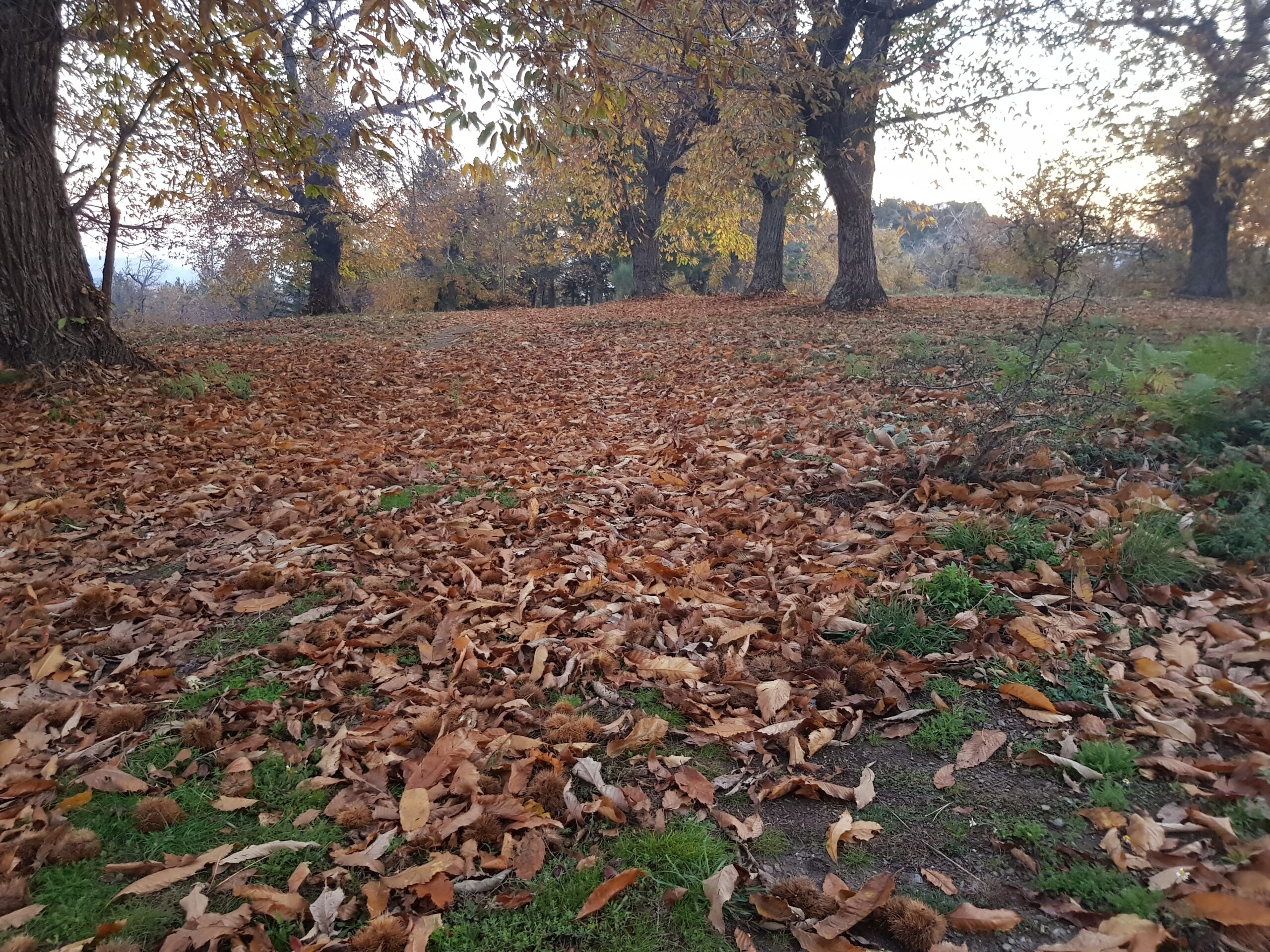
Parnonas
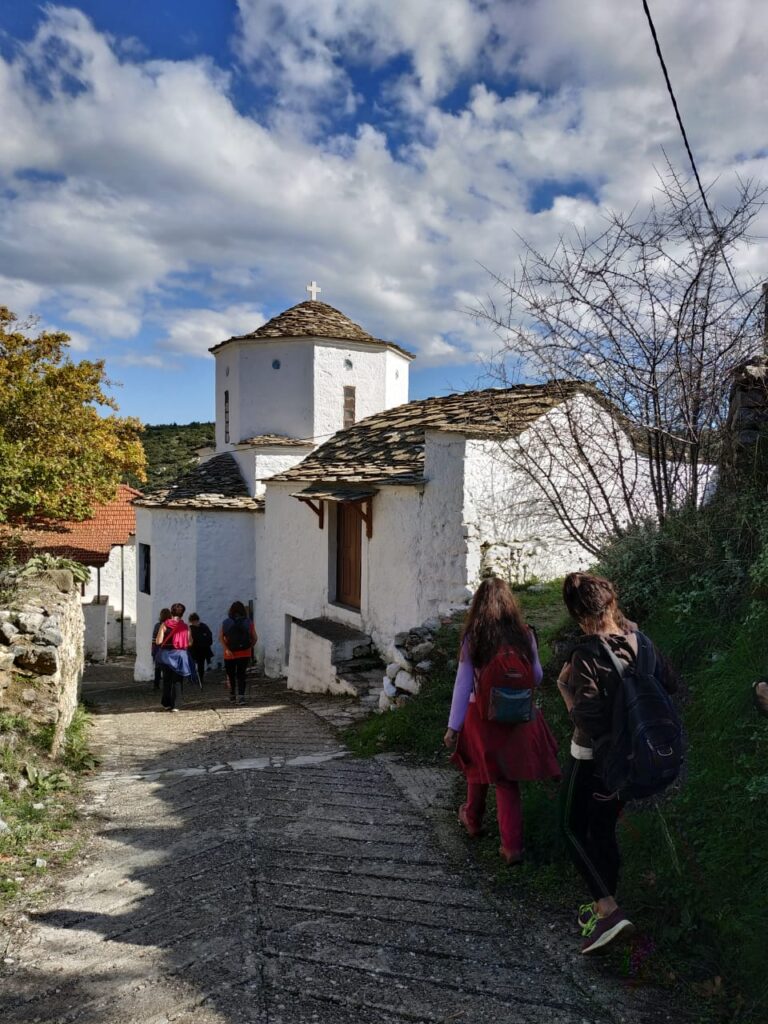
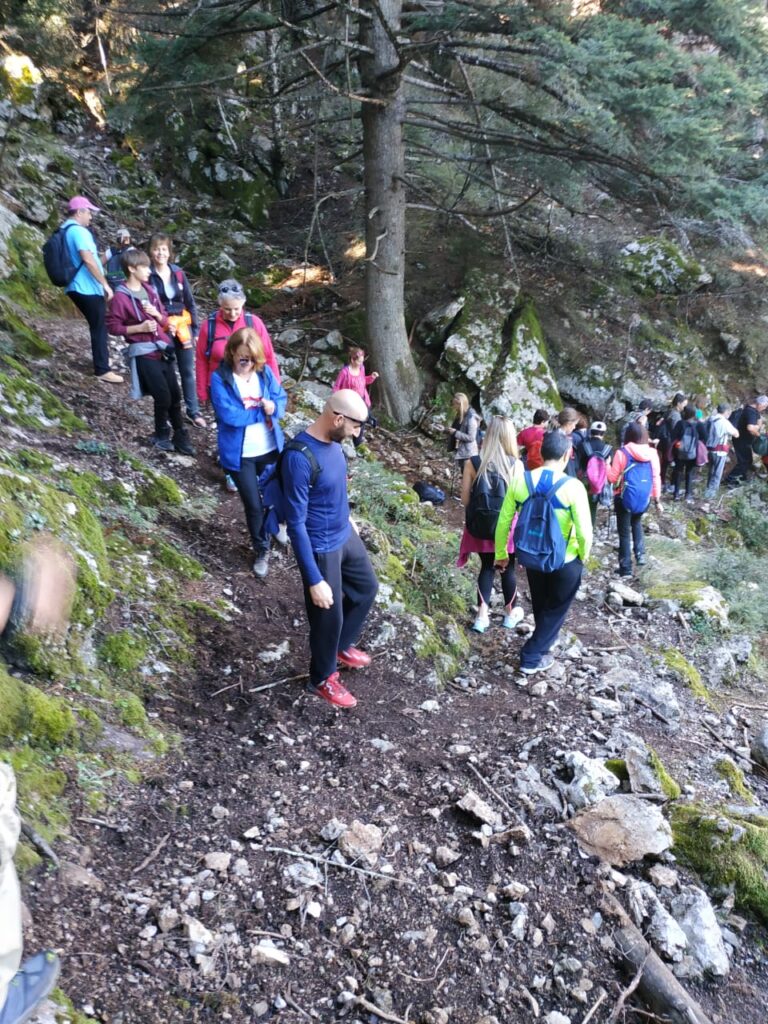
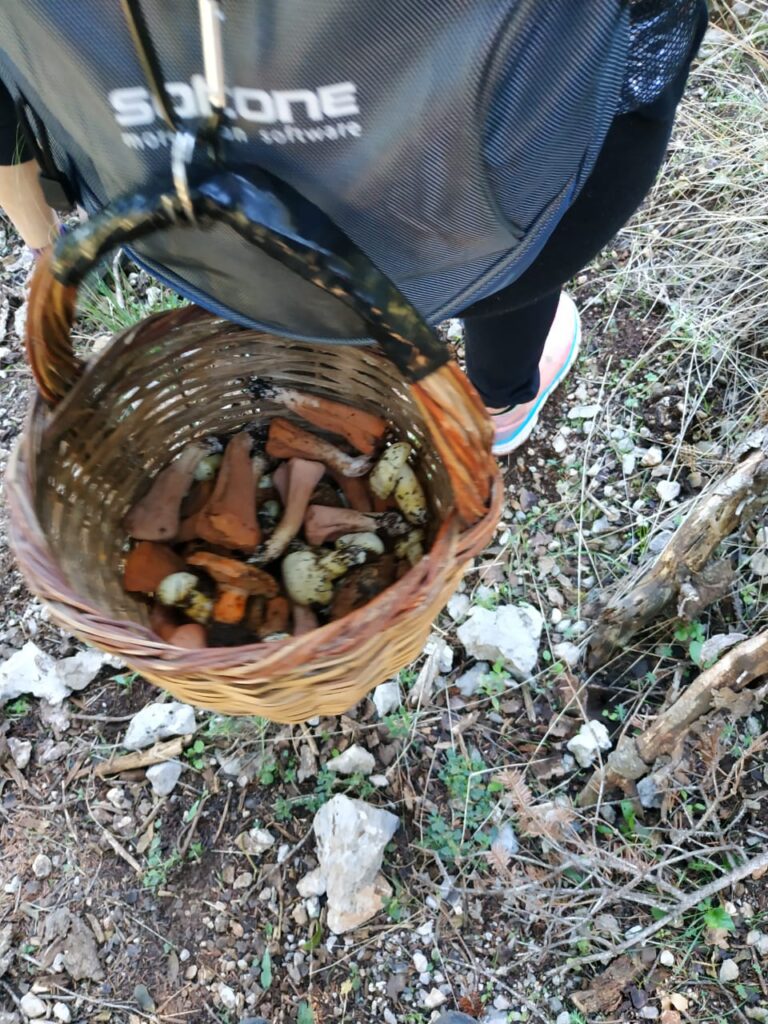
Parnon the Magnificent
Mount Parnonas is located in the eastern part of Peloponnese, with a height (highest peak Megali Tourla) of 1,934 m and a length of about 100 km. crosses a huge part of the Peloponnese, starting from Tegea and reaching Cape Maleas.
Already in ancient times it was considered a miraculous mountain and its name means “peak that shines”.
Its habitation began as early as the Paleolithic era and continued throughout antiquity, as evidenced by the evidence scattered in the area: archaeological remains, castles, watchtowers, quarries and monuments of the Byzantine period testify to the human presence throughout its extent.
Monastic life also developed in the area of Parnon. The mountain is full of monasteries, and for this reason it has been called the “Holy Mountain of Peloponnese”.
It is located 200 km away from Athens and about 700 km from Thessaloniki. Although it is the largest mountain of the peninsula, it has a milder climate and fewer days of snow cover compared to the rest of the mountains in the area.
Parnon is an important habitat.
The forests of Parnon are formed by three species of conifers: the Kefalonian fir, the black pine and the rare cedar, as well as chestnut, oak, plane, cherry and carob trees.
A product found in great abundance in the mountain is tea and martinas (mushrooms). There are also many cherry, walnut, fig and vineyards.
The cedar forest in the Malevi monastery, the chestnut forest of Kastanitsa and the Selas oak forest located in Panagia Sela in Platanos have been designated protected monuments of nature and have been included in the Natura 2000 network, The fauna of the area includes many species of birds, mammals, amphibians and reptiles
The natural beauty of Parnonas is also contributed by its imposing landscapes, with its deep gorges, beautiful valleys, countless mountain peaks, caves, waterfalls, springs and rivers, most of which are revealed through numerous hiking trails. rocks that dominate the mountain are limestones, slates and sandstones, mainly in its northern part, while towards the south the limestone gives way to flysch substrates.
Many springs with water form rivers. To the east flow Vrasiatis and Tanos, which end in the Argolic gulf. To the south, Dafnonas, with its impressive gorge, empties into the Myrtoos sea near Leonidio of Arcadia, and Oinoundas or Kelefina, on the western slopes, ends at Evrotas near Sparta. One of the most impressive gorges of Parnon is Lepida, which has a blue lake with waterfalls from December to April and is located on the road.
The gorge of Lulugas, which forms waterfalls and is located in Sitaina, Mazia which is located between Kastanitsa and Prastos, Spilakia and Zarbanitsa. Many hiking trails and forest roads cross most of the mountain, composing an ideal landscape for hiking and mountain biking, Its hiking and mountaineering routes are many, with the largest being the European Path E4 and the National Path O33, but there are also smaller ones around its villages,
The best suggestions for Parnonas are for hiking the paths Veria-monastery of Agios Anargyros O33 Agios Petros-M. Malevi-Parnonas refuge O33 Refuge Parnonas-Platanaki
Kastanitsa is one of the picturesque villages of Parnon, at an altitude of 840 m., built amphitheatrically and drowned in chestnut trees. The three-story stone mansions, and the tower houses that are scattered in the village, impress the visitor with their small wooden balconies and small windows, roofs made of the gray slate of Parnonas, while some have small battlements.
Vamvakou, at 900 m altitude, birthplace of the shipowner Stavros Niarchos. The village built in the 15th century, picturesque, green with the square being essentially a beautiful balcony with a view of the mountain peaks of Parnon with the large plane tree and the imposing church of Agios Charalambos as sleepless guards. In 2018, a group of five young people from the village and in collaboration with the Stavros Niarchos Foundation breathed new life into Vamvakou through the Vamvakou Revival program. Among the actions of the program are many events for young and old, several of which revolve around the walnut trees that abound in the area, as well as robotics workshops.
Tsintzina or Polydroso perched at 1000 m altitude is almost divided into two slopes with the houses reaching to the roots of the hill, a stream runs through the lower village and stone bridges connect it to the upper one. Huge firs and large pines dominate the landscape and hide wonderful paths and clearings for you to discover. Nine marked trails start here, some difficult and others more passable that lead through the forest and end at small churches or springs.
At an altitude of 1,150 m there is another village, Kosmas. Its well-kept stone houses, its cobblestones and its view that reaches, when the weather is good, as far as Spetses make it unique. In its center is of course the square with the huge plane trees and the imposing church of Agioi Anargyri at the back of which are integrated three fountains with small marble lion heads. The highest village of Parnon is Verbena, at an altitude of 1160 meters.
Place information
Most activities
Recent Posts
Tags



